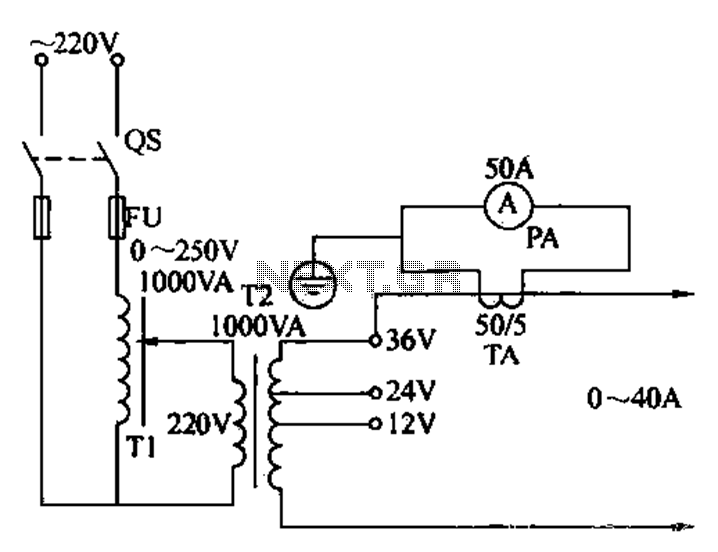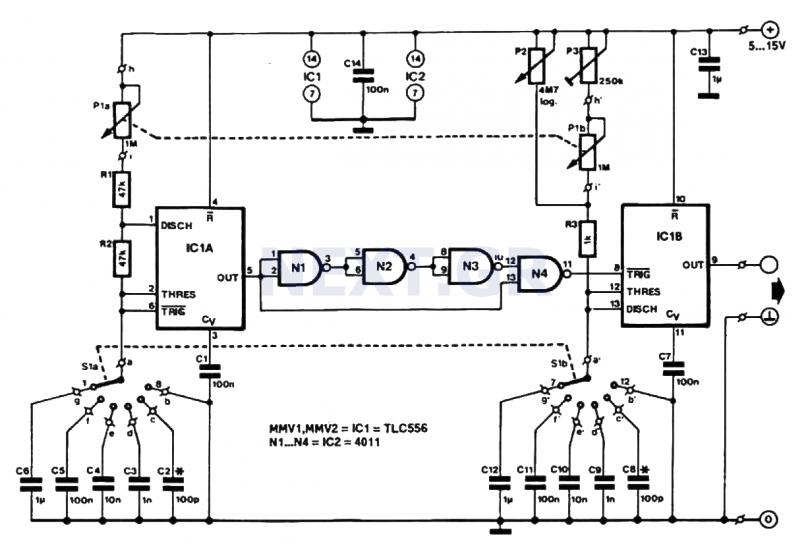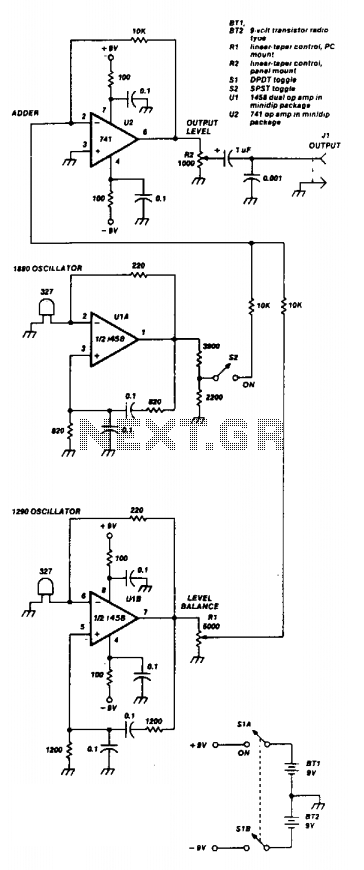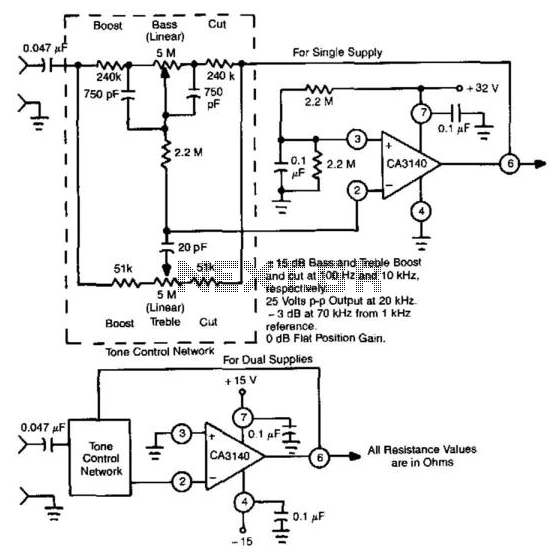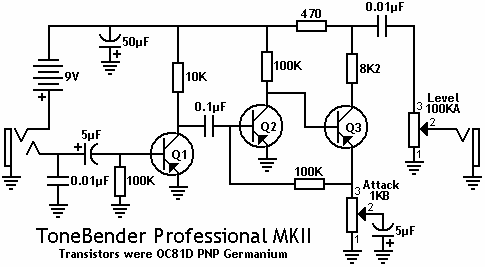
555 IC Tone Burst Generator
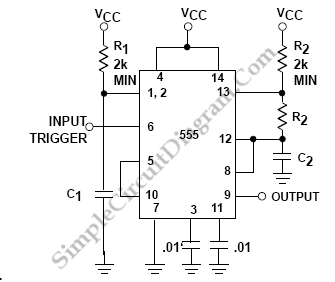
A high-quality tone burst generator can be constructed using a 556 Dual Timer. The first half of the timer can be configured as a one-shot, while the second half can function as an oscillator.
The 556 Dual Timer is an integrated circuit that contains two independent timer circuits, each capable of operating in various modes. In this application, the first half is set up in monostable mode (one-shot), which generates a single output pulse of a specified duration when triggered. This pulse width can be adjusted by selecting appropriate resistor and capacitor values connected to the timing pins of the timer.
The second half of the 556 operates in astable mode, functioning as an oscillator. In this configuration, the circuit continuously oscillates between high and low states, producing a square wave output. The frequency of oscillation is determined by the resistor and capacitor values connected to the timing pins of this half of the timer. By carefully selecting these components, the desired tone frequency can be achieved.
The output from the one-shot can be used to trigger the oscillator, creating a tone burst of defined duration. This configuration allows for precise control over the tone's characteristics, including frequency and pulse width. The tone burst generator can be utilized in various applications, such as sound synthesis, alarm systems, or signaling devices, offering versatility and ease of implementation in electronic projects.
In terms of circuit implementation, it is essential to ensure proper power supply connections and bypass capacitors to maintain stability in the operation of the 556 Dual Timer. Additionally, output buffering may be required depending on the load driven by the tone burst generator, ensuring that the output signal maintains its integrity across different applications.An excellent tone burst generator can be made using 556 Dual Timer. We can connect the first half as a one-shot and the second half as an oscillator. The.. 🔗 External reference
The 556 Dual Timer is an integrated circuit that contains two independent timer circuits, each capable of operating in various modes. In this application, the first half is set up in monostable mode (one-shot), which generates a single output pulse of a specified duration when triggered. This pulse width can be adjusted by selecting appropriate resistor and capacitor values connected to the timing pins of the timer.
The second half of the 556 operates in astable mode, functioning as an oscillator. In this configuration, the circuit continuously oscillates between high and low states, producing a square wave output. The frequency of oscillation is determined by the resistor and capacitor values connected to the timing pins of this half of the timer. By carefully selecting these components, the desired tone frequency can be achieved.
The output from the one-shot can be used to trigger the oscillator, creating a tone burst of defined duration. This configuration allows for precise control over the tone's characteristics, including frequency and pulse width. The tone burst generator can be utilized in various applications, such as sound synthesis, alarm systems, or signaling devices, offering versatility and ease of implementation in electronic projects.
In terms of circuit implementation, it is essential to ensure proper power supply connections and bypass capacitors to maintain stability in the operation of the 556 Dual Timer. Additionally, output buffering may be required depending on the load driven by the tone burst generator, ensuring that the output signal maintains its integrity across different applications.An excellent tone burst generator can be made using 556 Dual Timer. We can connect the first half as a one-shot and the second half as an oscillator. The.. 🔗 External reference
